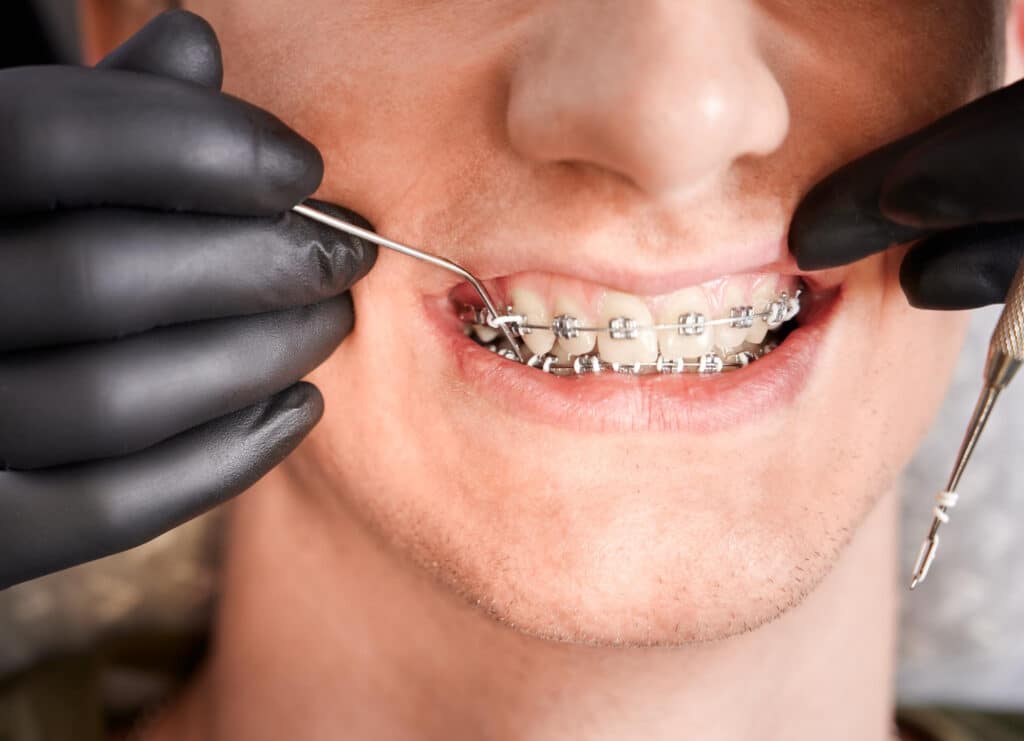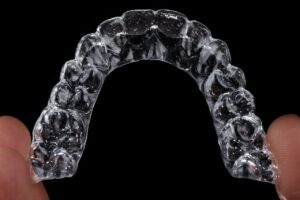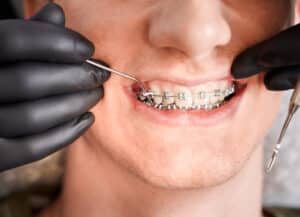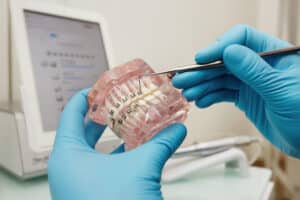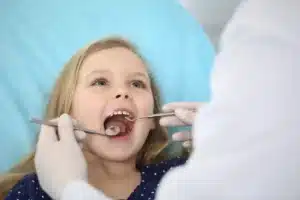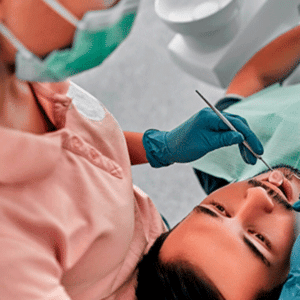Picture this — a bright smile that exudes confidence, capturing attention wherever you go. A smile that not only lights up your face but also boosts your self-assurance. For teenagers, dental health plays a pivotal role in shaping their overall well-being and leaving a lasting impression on others. And when it comes to achieving that picture-perfect smile, braces for teens are the game-changers.
Braces are more than just metal wires and brackets. They are the catalysts that straighten teeth, correct bite issues, and unlock a confident smile. But navigating the world of braces can be overwhelming, with various types and treatment processes to consider. Fear not, for we have mastered the subject and are here to provide you with invaluable insights and expert advice as well as the best braces in Glen Allen orthodontist.
What Are Braces?
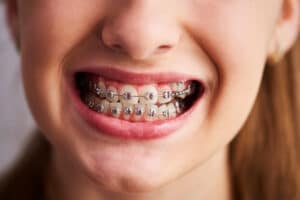
At their core, braces consist of several key components working harmoniously to bring about desired dental transformations. Let’s take a closer look at the essential elements that make up braces:
- Brackets – These small, often metallic, squares or rectangles are bonded to the front surface of each tooth using a dental adhesive. Brackets act as anchors for the orthodontic wires and play a crucial role in guiding teeth into their proper positions.
- Wires – The wires, commonly made of stainless steel or other materials, are carefully threaded through the brackets, creating a system of gentle pressure on the teeth. As the wires are adjusted over time, they apply controlled force, gradually shifting the teeth into their desired alignment.
- Bands – In some cases, bands may be placed around the back teeth to provide additional support for the braces. These bands are cemented in place and serve as anchors for the wires, ensuring stability throughout the treatment process.
Types of Braces for Teens
When it comes to orthodontic treatment, teenagers have a range of options to choose from, each offering unique benefits and considerations. Let’s explore the different types of braces available specifically for teens:
Traditional Metal Braces
Traditional metal braces are the most commonly used type of braces, known for their reliability and effectiveness. These braces for teens consist of high-grade stainless steel brackets attached to the front surface of each tooth, connected by arch wires and secured with elastic bands.
Advantages:
- Highly effective for complex tooth movements and bite corrections.
- Cost-effective compared to other options.
- Durable and less prone to staining or discoloration.
Disadvantages:
- The brackets and wires may be more noticeable than other types of braces.
- Oral hygiene requires careful attention, as food particles can get trapped more easily.
Ceramic Braces
If you desire a more subtle and aesthetically pleasing option, ceramic braces might be the perfect fit for you. Ceramic braces for teens function similarly to traditional metal braces but utilize tooth-colored or clear brackets that blend with the natural color of your teeth, making them less noticeable.
Advantages:
- Less noticeable than metal braces, making them a discreet option.
- Blend in with the color of your teeth for a more aesthetic appearance.
- Effective for most orthodontic cases.
Disadvantages:
- Ceramic brackets are generally larger and more fragile than metal brackets.
- Slightly more expensive than metal braces.
Lingual Braces
Lingual braces offer a hidden approach to orthodontic treatment by placing the brackets and wires on the back surface of the teeth, facing the tongue. This unique placement makes lingual braces virtually invisible when you smile.
Advantages:
- Invisible from the front, offering a discreet treatment option.
- Suitable for most orthodontic cases.
- Minimal impact on speech.
Disadvantages:
- Lingual braces for teens can be more challenging to clean and maintain than traditional braces.
- Initially, they may cause some discomfort or affect speech until you adjust.
Clear Aligners
Clear aligners have revolutionized orthodontic treatment, offering a removable and nearly invisible alternative to traditional braces. These custom-made, transparent trays gradually shift your teeth into alignment over time.
Advantages:
- Virtually invisible, providing a seamless and discreet treatment experience.
- Removable for eating, brushing, and special occasions.
- Smooth and comfortable without brackets or wires.
Disadvantages:
- Require strict compliance to wear aligners for the recommended duration each day.
- May not be suitable for complex orthodontic cases.
It’s essential to consult with an orthodontist to determine the most suitable type of braces for your specific needs. They will evaluate your dental condition, consider your preferences, and guide you toward the most effective and appropriate treatment option.
The Process of Getting Braces for Teens
Embarking on your orthodontic journey is an exciting step towards achieving a confident and well-aligned smile. Let’s walk through the process of getting braces for teens, from the initial consultation to the duration of treatment and beyond:
1. Initial Consultation
During the initial consultation, the orthodontist examines the teeth, jaws, and oral health of the patient. X-rays, photographs, and dental impressions are taken to aid in diagnosis and treatment planning.
2. Braces Placement
First, the orthodontist will thoroughly clean your teeth. This ensures that the teeth are free from any debris or plaque that could interfere with the bonding process. Next, brackets, which are small metal or ceramic attachments, are bonded to the teeth using a special dental adhesive. Once the brackets are in place, arch wires are threaded through them. These arch wires exert gentle pressure on the teeth to guide them into proper alignment over time. In some cases, elastic bands may be used to further secure the arch wires to the brackets. This helps to achieve precise control over the movement of the teeth.
3. Adjustments and Maintenance
Following the placement of braces for teens, regular follow-up appointments are scheduled for adjustments and check-ups. During these visits, the orthodontist makes necessary changes to the wires, ensuring the teeth continue to move correctly. Maintaining proper oral hygiene is crucial, and patients receive specific instructions on how to clean around the braces and wires. Special tools like orthodontic brushes or floss threaders may be recommended for effective cleaning.
4. Duration of Treatment
On average, braces treatment typically lasts between one to three years. Several factors can influence the duration of treatment, including the severity of misalignment, bite issues, the patient’s age, and their compliance with wearing appliances and following instructions. Cases with more severe misalignments or bite issues may require longer treatment periods to achieve optimal results. Additionally, younger patients whose jaws are still growing may experience shorter treatment times compared to adults. Compliance with wearing appliances as instructed by the orthodontist and maintaining good oral hygiene also play a role in the overall treatment duration.
5. Removal of Braces
After the desired alignment and correction have been achieved, the orthodontist will schedule a removal appointment. During this appointment, the braces are carefully taken off by removing the brackets and gently detaching them from the teeth. This process is usually painless and relatively quick.
6. Orthodontic Retention
Following the removal of braces, a new phase of treatment begins, known as the retention phase. This phase is crucial to maintain the results obtained during the braces treatment. After the braces are removed, the teeth have a natural tendency to shift back to their original positions. To prevent this, retainers are custom-made for each patient. Retainers can be either removable or fixed, depending on the orthodontist’s recommendation.
Managing Braces as a Teenager
Braces for teens require special attention and care to ensure optimal results and a positive experience. As a teenager, here are some key aspects to consider when managing braces:
Diet and Eating Habits:
- Avoid hard, sticky, or chewy foods that can damage braces, such as popcorn, gum, and hard candies.
- Opt for braces-friendly foods like soft fruits, cooked vegetables, pasta, and lean meats.
- Maintain a balanced diet with sufficient nutrients for healthy teeth and gums.
Oral Hygiene:
- Brush your teeth after every meal and floss daily to remove food particles and plaque.
- Use a soft-bristle toothbrush and fluoride toothpaste, angling it towards the brackets to clean thoroughly.
- Consider using interdental brushes or floss threaders to clean between the braces and under the wires.
Dealing with Discomfort:
- It’s common to experience initial discomfort or soreness after braces are placed or adjusted. This will subside over time.
- Rinse your mouth with warm saltwater to soothe any sore spots.
- Apply orthodontic wax to alleviate irritation caused by brackets or wires rubbing against the inner cheeks or lips.
Maintaining Confidence:
- Understand that braces for teens are temporary and will lead to a confident, beautiful smile.
- Address any concerns about appearance or self-esteem by focusing on the positive changes braces will bring.
- Express yourself by choosing colored elastics for your braces, embracing them as a unique accessory.
Schedule Your Braces for Teens Consultation with Villa Orthodontics in Glen Allen, VA
Call us today at (804) 773 4940 to schedule your consultation and take the first step towards a smile you’ll love. Our dedicated team at Villa Orthodontics located in Glen Allen, VA is here to provide you with top-quality orthodontic care tailored to your unique needs.
Whether you’re considering braces for teens or other orthodontic treatments, trust Dr. Richard Villa and our experienced team to guide you through the process and help you achieve the smile of your dreams. Don’t wait any longer to embrace the confidence and joy that comes with loving your smile. Reach out to us and let’s start your smile transformation journey with braces Glen Allen!
